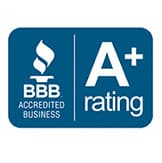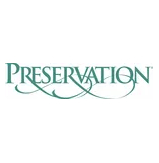Living on Long Island means being prepared for the potential impact of hurricanes. These methods will help you hurricane-proof your Long Island home and secure your family’s security during these dangerous weather events.
1. Secure windows and doors: Make windows and doors secure by adding storm panels or impact-resistant shutters. In contrast, you may use plywood to seal the gaps during a storm. Make sure that all access points are tightly blocked off.
2. Make the roof stronger: Install hurricane straps or clips to join the roof trusses or rafters to the walls to strengthen your roof. This lessens the likelihood that the roof may be lifted off during strong winds.
3. Trim shrubs and trees: Trim shrubs and trees around your property on a regular basis to get rid of weak or protruding branches that can fall during a storm and harm your house. As a result, there will be less chance of structural damage from falling debris.
4. Clean gutters: Keep gutters and downspouts clean of debris to ensure effective drainage during periods of heavy rains. Clogged gutters can cause water to overflow and possibly harm the foundation of your home.
5. Store or secure outside objects: outside furniture, grills, and other unsecured things that may become missiles in strong winds should be secured. To keep them in place, either move them to a secure area or use tie-downs.
6. Strengthen garage doors: Garage doors are susceptible to strong winds and may be a weak spot in the defense of your home. To improve the strength and stability of the garage door, use a bracing kit or reinforce the door with horizontal beams.
7. Install a backup generator: To assure a constant power supply during a prolonged power loss brought on by a hurricane, think about installing a backup generator. This will maintain the functionality of crucial systems including communication, lighting, and refrigeration.
8. Put together an emergency kit: Make an emergency kit with all the necessities, such as non-perishable food, water, flashlights, batteries, a first aid kit, and crucial papers. Keep the kit in a place that is convenient to access during a storm.
9. Recognize your escape route: Learn the local evacuation routes, and have a plan in place for you and your family in case an order to evacuate is issued. For information and instructions, keep up with local news and authorities.
10. Examine insurance coverage: Check that the hurricane-related losses are adequately covered by your homeowner’s insurance policy. If you reside in a high-risk location, think about buying flood insurance. Record the contents of your home, and if necessary, take pictures or videos as evidence for insurance claims.
Remember that successful hurricane protection for your Long Island property requires early planning. Follow evacuation instructions if required, stay updated about impending storms, and put your family’s safety first.














